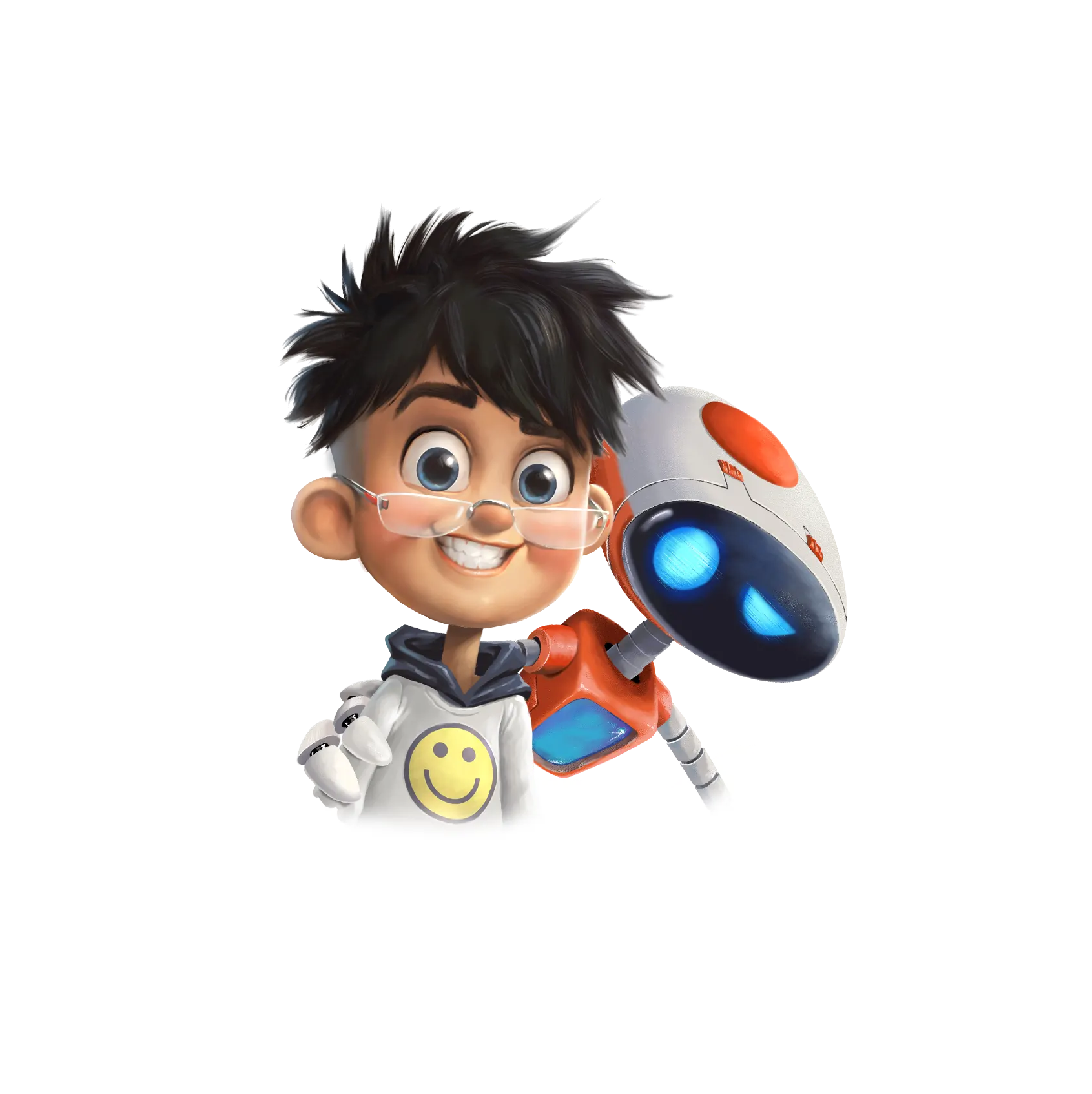Holographic Horizons: Revolutionizing Animation in 2024
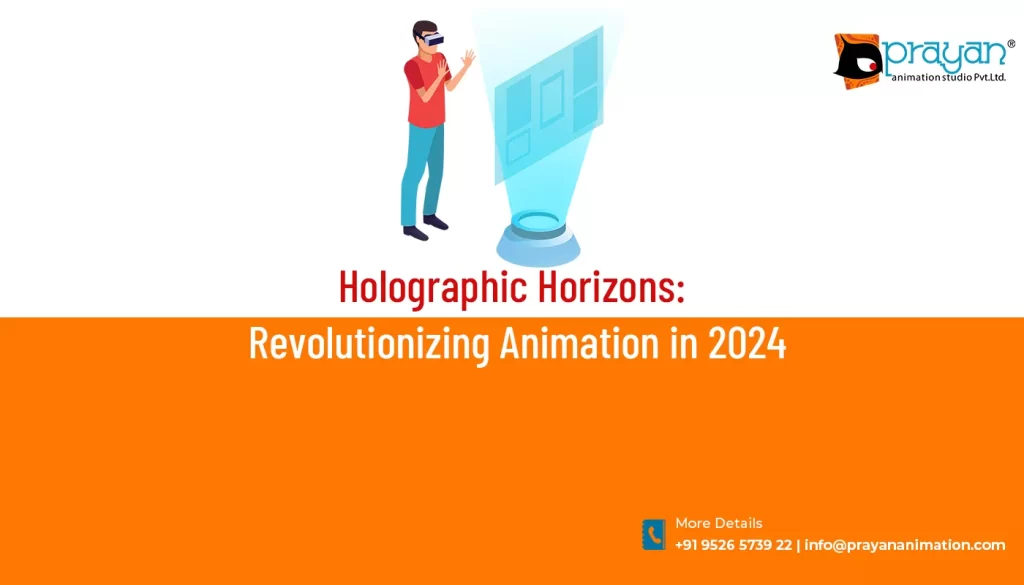
Animation has always been a pioneering force in the entertainment industry, continually pushing the boundaries of creativity and technology. From the classic hand-drawn animations of yesteryears to the modern CGI marvels, the evolution has been remarkable. However, in 2024, a new era dawns upon us: the age of holographic animation.
Picture a scenario where your beloved characters step out of the screen and into your living room, where entire universes materialize before your eyes in mesmerizing 3D detail. This is the tantalizing promise of holographic animation, poised to transform the way we perceive and interact with animated content.
But what exactly is holographic animation, and how does it function? At its core, holographic animation harnesses holographic projection technology to conjure three-dimensional images that seemingly hover in space. Unlike conventional two-dimensional animation confined to flat screens, holographic animation brings characters and objects to life in tangible space, delivering an unprecedented sense of depth and immersion.
The applications of holographic animation span a wide spectrum of possibilities. Imagine experiencing your favorite animated films as if you were standing amidst the characters, or attending live concerts where holographic performers engage with the audience in real-time. Beyond entertainment, holographic animation holds the potential to revolutionize education, communication, and beyond.
One of the most intriguing aspects of holographic animation is its ability to blur the lines between the virtual and physical realms. With advancements in augmented reality (AR) and mixed reality (MR) technologies, we are inching closer to a future where holographic characters seamlessly integrate with our environment, opening new frontiers in storytelling, gaming, and interactive experiences.
Yet, like any groundbreaking technology, holographic animation presents its share of challenges and limitations. From the technical complexities of creating lifelike holograms to the ethical considerations surrounding digital rights and privacy, there are myriad factors to navigate. Nonetheless, with each passing day, innovators and researchers push the boundaries, inching us closer to unlocking the full potential of holographic animation.
As we peer into the future of animation post-2024, one thing remains crystal clear: holographic technology stands poised to revolutionize the creation, consumption, and interaction with animated content. Whether it’s resurrecting beloved characters in breathtaking detail or crafting entirely new immersive worlds, the possibilities are limited only by our imagination. So brace yourselves for a journey into the holographic horizons of animation—where every day promises new excitement and discovery.



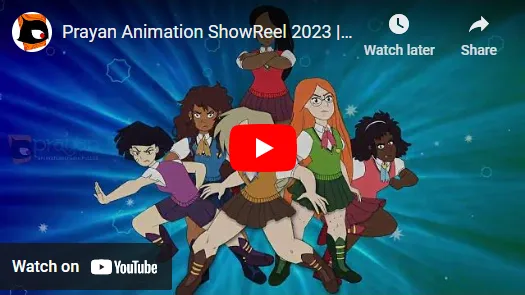






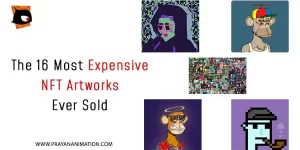


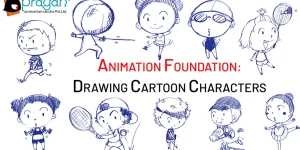
 We can help you.
We can help you. 


